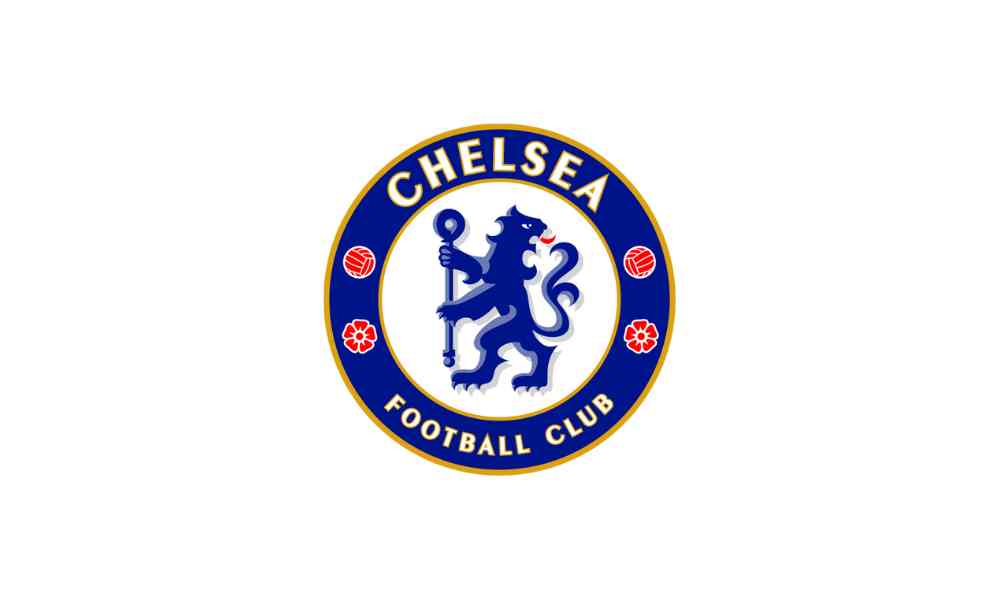From the start of his tenure at Chelsea, Enzo Maresca made it clear: this is a club in rebuild mode and so escape velocity comes in discussion. He knows the task is long-term. He knows there is pressure. Yet his message stays simple. Get better each day. Build momentum. Escape the slump. In his own words, he wants to build enough “escape velocity” to pull Chelsea away from past problems and into a stable future.
Enzo Maresca Experience: Amid Escape Velocity
Enzo Maresca has gathered huge experience in his managerial career. His last club was Leicester City, where he gave them promotion to Premier League. At Chelsea, he has won the UEFA Conference League and the Club World Cup.
Setting the scene
Chelsea suffered a difficult season. Injuries piled up. Form dipped. Expectations grew. Maresca arrived amid that backdrop. In July 2025, after a 3-0 win over Paris Saint‑Germain in the Club World Cup final, winger Cole Palmer described Maresca’s work as “building something special, something important”.
But Maresca knows trophies won don’t erase deeper issues. He speaks of building layers: player trust, tactical identity, fitness levels, and resilience to adversity. The term “escape velocity” he uses is borrowed from physics—the idea of reaching a speed where you break free of gravity. For Chelsea, it means building enough internal strength to escape the pull of poor runs, heavy workloads and injuries.
The Obstacles
Several hurdles remain. Injuries are a major one. Palmer himself faces another six-week absence after a groin issue resurfaced. Defensive options are also under strain, with gaps and fitness concerns. Maresca acknowledged this publicly.
Then there’s form. After some poor results early in the campaign, there were questions over whether Maresca could steer the club back on track. But Chelsea responded with wins, for example against the likes of Liverpool FC, showing signs of the direction Maresca wants.
What building escape velocity looks like
1. Consistent style & structure – Maresca wants his team to have a clear plan. Earlier analysis of his tactics (e.g., at Chelsea) shows he uses tight build-up play, pressing and smart movement.
2. Squad depth & fitness – With injuries mounting, Chelsea must ensure enough players are ready and that the team doesn’t collapse when key names are missing.
3. Mental toughness – The phrase escape velocity implies breaking free. Chelsea must break free from last-minute slips, red cards, and dips in form. For instance, Maresca acknowledged the discipline issues after a red card-ridden match.
4. Delivering results to spark belief – Momentum grows with results. The Club World Cup win, the victory over PSG, and recent improved performances help create that belief.
What to watch
How Chelsea cope when key players are unavailable (e.g., Palmer). Can they sustain performance?
Whether Maresca’s tactics become ingrained, not just in big games but week-in, week-out.
If discipline improves fewer red cards, more focus. Whether the team begins to string positive results together such that they feel “untouchable” in a way they haven’t been for a while.
Why it matters?
If Chelsea build this escape velocity, they can move from being reactive (fixing things) to being proactive (shaping things). They can reclaim stability, aim for top-positions, and reduce the risk of sliding into another slump. Maresca’s language is optimistic: he knows the job isn’t done, but he sees signs. As one report put it, Chelsea are “trying to build enough escape velocity to see off problems related to injury, form, and a high workload”.
Author’s Insight
Escape velocity is not achieved overnight. At its heart it’s about momentum. Maresca appears to understand that. He’s not just chasing results; he’s building foundations. Chelsea fans will watch closely. If the foundations hold, Chelsea can break free of past burdens and move into a stronger phase. The recent facts show promise. But the journey continues.

















